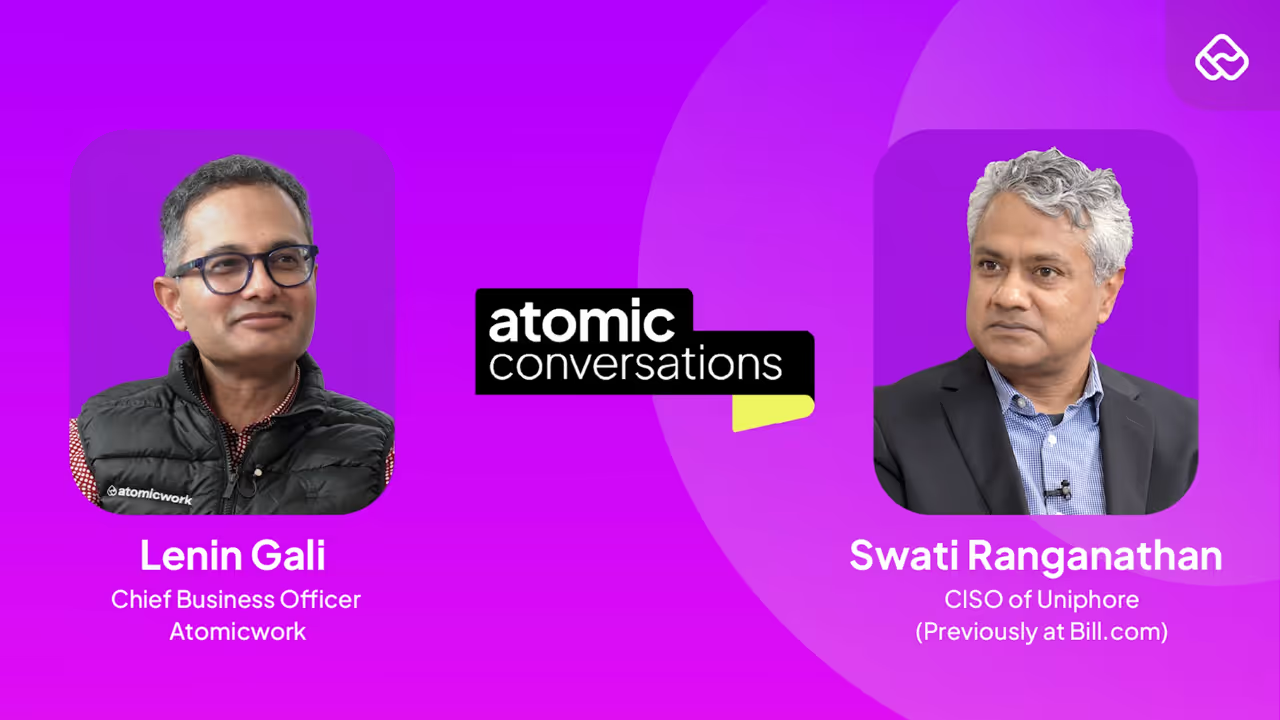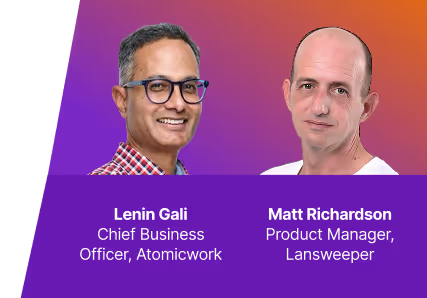

















When Raj Kalahasthi, the Chief Digital & Information Officer at The Baldwin Group, joined the company in 2021, he stepped into a challenge that would test even the most seasoned technology leader. The insurance brokerage was on an aggressive growth trajectory. In just two and a half years following its 2019 IPO, Baldwin Insurance Group Inc. had completed 35 acquisitions, becoming one of the fastest-growing insurance brokerages in the United States.
As you can imagine, each acquisition brought its own systems, processes, and cultures, leaving Raj with the formidable task of unifying a rapidly expanding and complex technology ecosystem.
“I think we grew both organically and also inorganically. We partnered with ~35 different firms. It was not easy to make it into a uniform entity,” said Raj.
In this podcast on Atomic Conversations, I sat down with Raj who shared his playbook for scaling technology across acquisitions, the philosophy behind building strong foundations, and why the future belongs to business-savvy technologists. Drawing on decades of experience, he knew just the right levers to pull to turn complexity into coherence.
Watch the full episode here or check out the highlights of the conversation below.
Throughout his career spanning finance, banking, and insurance, Raj has discovered a formula that transcends industries. He calls it the “two-in-a-box model,” pairing a technology-savvy businessperson with a business-savvy technology person.
The business-savvy technologist and the technology-savvy business person sitting together and making things happen. That’s a common thing that will help solve any problems and bring the cross-functional teams together so you can crisscross any industry, for that matter. - Raj Kalahasthi, the Chief Digital & Information Officer at The Baldwin Group
This approach proved invaluable at Baldwin, where Raj was building from the ground up while simultaneously integrating acquired companies.
The key to success in enterprise transformations? Never forcing a one-size-fits-all playbook.
“We never created a playbook that says ‘thou shall have all these things,’” Raj said. “We did the due diligence and in all the cases looked at what works best for those scenarios and actually integrated those best things for the rest of the enterprise.”
Raj’s approach reveals a broader truth about digital transformation: real scale comes not from standardizing everything, but from knowing what to preserve and what to reinvent. It’s a philosophy that carries through to how he thinks about the technology stack itself.
Raj’s technology philosophy centers on a distinction he calls “above the surface” versus “below the surface” tech stacks. The below-the-surface layer—your security, scalability, and infrastructure—is critical but invisible to users. “Nobody cares about it, but it’s so critical to have it right.”
The above-the-surface layer is where organizations create delightful experiences for clients and colleagues. “Get the right foundation in place across the board, and then you go and refine things based on the client journeys.”
At the heart of these client journeys lies a single, enduring principle—trust. For Raj, every technology decision eventually circles back to one question: does it make the customer feel more confident and cared for?
In insurance, trust is not just an ‘added’ value; it is, in fact, the business model. Raj emphasizes how technology must serve this fundamental need.
When you call an insurance company when you need coverage or when you’re in trouble, being there at that moment of truth is how you develop your trust. - Raj Kalahasthi, the Chief Digital & Information Officer at The Baldwin Group
The technologist’s role becomes providing the toolkit that enables advisors to serve clients at these critical moments.
For Raj, transparency means making pricing clear and helping clients understand if their risks are truly covered through data insights. Trust is earned by being present when clients need you most, and technology should facilitate that presence, not replace it.
Despite his passion for automation, Raj is adamant about preserving human connection where it matters. Baldwin created an entirely new embedded insurance business line that’s heavily automated for straightforward scenarios. But for complex client needs? Human expertise remains essential.
“You cannot automate that,” Raj says about customized benefit planning for larger clients. “You can automate it to an extent, but you still need to have the conversations. That advice piece is where I think any of the firms that are more client-centric will differentiate.”
For Raj, this coexistence of humans and machines is a preview of what’s happening everywhere. The way organizations work, collaborate, and deliver value is being rewritten in real time.
When asked about trends he’s watching, Raj points to something more fundamental than any single technology.
There’s a complete change in how work gets done. It’s not about, ‘Hey, how can we be productive to X per cent, Y per cent’. With the new technology shift, particularly AI-driven, it’s not just being efficient or productive; the whole system of work is changing. - Raj Kalahasthi, the Chief Digital & Information Officer at The Baldwin Group
For younger technology leaders navigating this accelerated landscape, Raj offers clear direction, “People need to be a business technologist first. You need to really get the business knowledge in a super big way because the tools are there today.”
Perhaps most exciting is Raj’s view that insurance sits at a leapfrog moment, similar to how mobile phones allowed some markets to skip landline infrastructure entirely. “There are industries where this can be a leapfrog moment because there are so many outdated types of things. You can actually do a leapfrog using the new tech to get into a much more modern environment without the legacy baggage.”
For technology leaders in traditional industries, the message is clear: this is the opportunity to reimagine the way of work entirely.
I'd love for you to listen to our entire discussion here.




